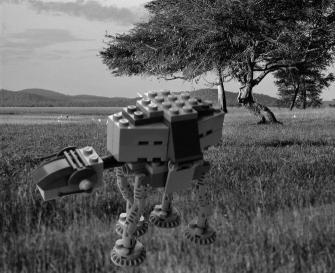
Figure 1. Atatia lucasi, reconstruction. Based on stomach contents of some exceptionally preserved individuals, Atatia appears to have been primarily a browser, so is restored here in grassland.
School of Earth and Environmental Sciences University of Portsmouth Portsmouth PO1 3QL UNITED KINGDOM
The atatids (Walkeroidea; Imperialia) have captured the public imagination almost from the moment of their discovery. Although the most basal member of the atatid clade, Atatia lucasi, is well known from multiple well-preserved specimens, some of the more derived atatids are known only from fragmentary and in some case nondiagnostic material. In this note, we seek to summarise what is known of these creatures, and discuss some ideas about their evolution and ecology.
CLASS: MECHANALIA Owen 1853 ORDER: IMPERIALIA Marsh 1874 SUBORDER: TERRADROMAEIA Lucas 1978 SUPERFAMILY: WALKEROIDEA Romer 1962 FAMILY: ATATIDAE Marsh 1872
Diagnosis. Atatidae is characterised primarily by the possession of four limbs, rather than two as in its sister clade Atessteeia. Other synapomorphies include: four-toed feet in which one digit points forwards, one medially, one laterally, and one (the ``pollex'') points posteriorly; a large regtangular ``window'' at the nasal suture, and elongate, anteriorly directed jugal processes.
Description. Most members of the clade are medium-sized to large, although some endemic dwarf forms are known and at there is at least one giant form. In less derived members, the body is held high above the ground on long legs. In more derived members, there is a tendency for the legs to grow shorter, and the neck to grow correspondingly larger. Armorment is generally heavier than in related families, tending to favour lasers above missles, although the latter are not excluded.
Locality and Horizon. Tragically, the field records and related documentation pertaining to all known specimens of Atatidae were lost during the removal of Cope's collection to the Academy of Natural Sciences of Philadelphia. All that can be said for certain about the origin of these creatures is that they lived a long time ago and in a location far, far away.

Figure 1. Atatia lucasi, reconstruction. Based on stomach contents of some exceptionally preserved individuals, Atatia appears to have been primarily a browser, so is restored here in grassland.
Journal of Seductive but Untestable Hypotheses,
Vol 287, Issue 5453, 547,
26 February 2005